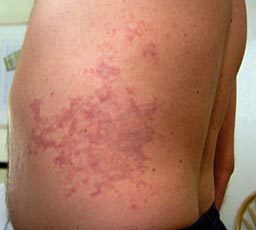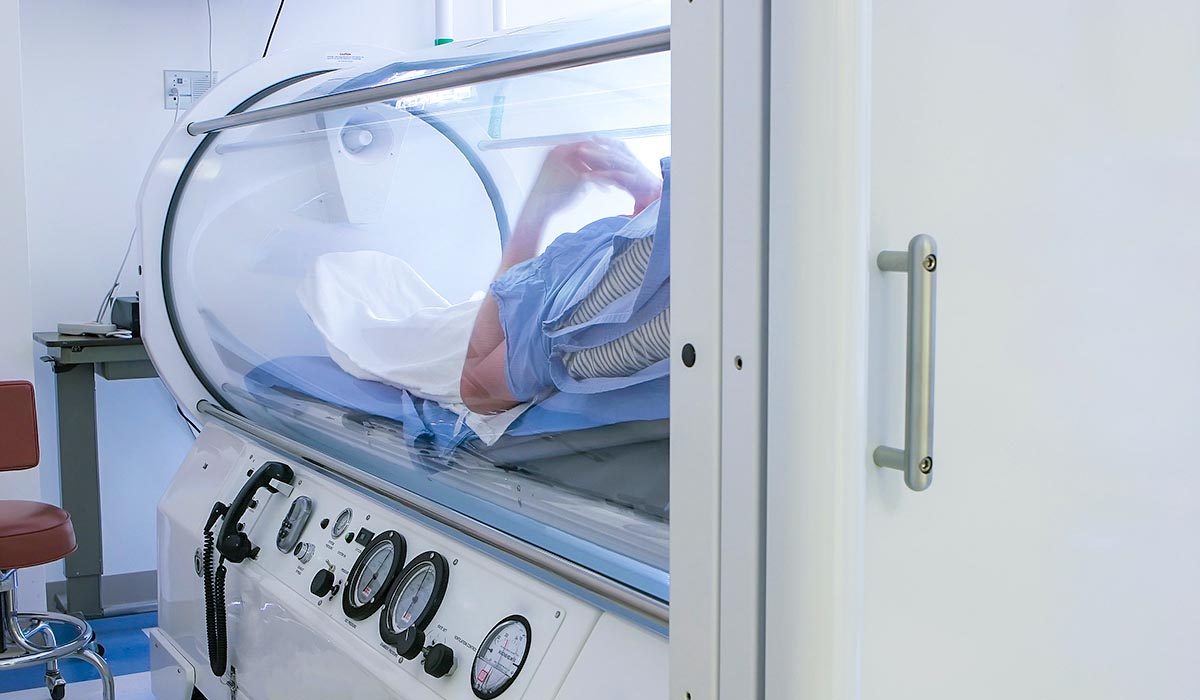“While DCS is commonly thought of as a bubble disease, bubbles are probably only the gateway to a complex array of consequences and effects.”
DCS may develop when a diver’s degree of supersaturation is so high (or, stated another way, if the elimination gradient is so steep) that a controlled transfer of inert gases from the body’s tissues to the bloodstream — and then from the bloodstream to the lungs and the lungs to the environment — is not possible. If that removal process is inadequate, inert gases will come out of solution and form bubbles that can distort tissues, obstruct blood flow, cause mechanical damage (to the joints, for example) and/or trigger a cascade of biochemical responses.
Bien que l'on sache beaucoup de choses sur la SCD, les mécanismes de l'insulte sont encore en cours d'étude. Et bien que la DCS soit généralement considérée comme une maladie à bulles, les bulles ne sont probablement que la porte d'entrée d'un ensemble complexe de conséquences et d'effets.
In this chapter, you’ll learn about:

Signes et symptômes du SCD
The collective insult to the body’s systems can produce symptomatic DCS. The condition’s primary effects may be evident in the tissues that are directly insulted. Its secondary effects can compromise the function of a broad range of tissues, further jeopardizing the diver’s health.
The ability to recognize the signs, or objective evidence, and the symptoms, or subjective perceptions, of DCS — and to differentiate them from signs and symptoms less likely to be associated with DCS — is important. A variety of classification systems have been established for DCS. One common approach is to describe cases as Type 1 or Type 2.
Type 1 DCS
Type 1 DCS is usually characterized by musculoskeletal pain and mild cutaneous, or skin, symptoms. Common Type 1 skin manifestations include itching and mild rashes (as distinct from a clear mottled or marbled and sometimes raised discoloration of the skin — a condition that is known as cutis marmorata that may presage the development of the more serious symptoms of Type 2 DCS). Less common but still associated with Type 1 DCS is obstruction of the lymphatic system, which can result in swelling and localized pain in the tissues surrounding the lymph nodes — such as in the armpits, groin or behind the ears.

Les symptômes de la DCS de type 1 peuvent s'intensifier. Par exemple, la douleur peut commencer par être légère à proximité d'une articulation ou d'un muscle, puis s'intensifier. Cependant, la douleur associée à la DCS ne s'intensifie généralement pas lors du mouvement de l'articulation affectée, bien que le fait de maintenir le membre dans une position plutôt qu'une autre puisse réduire l'inconfort. Cette douleur peut finalement être très intense.
Type 2 DCS

Type 2 symptoms are considered more serious. They typically fall into three categories: neurological, inner ear and cardiopulmonary. Neurological symptoms may include numbness; paresthesia, or an altered sensation, such as tingling; muscle weakness; an impaired gait, or difficulty walking; problems with physical coordination or bladder control; paralysis; or a change in mental status, such as confusion or lack of alertness. Inner-ear symptoms may include ringing in the ears, known as “tinnitus”; hearing loss; vertigo or dizziness; nausea; vomiting; and impaired balance. Cardiopulmonary symptoms, known commonly as “the chokes,” include a dry cough; chest pain behind the sternum, or breastbone; and breathing difficulty, also known as “dyspnea.” The respiratory complaints, which are typically due to high bubble loads in the lungs, can compromise the lungs’ ability to function — threatening the affected diver’s health, and even life, if treatment is not sought promptly.
Type 2 symptoms can develop either quickly or slowly. A slow build can actually obscure the seriousness of the situation, by allowing denial to persist. For example, fatigue and weakness are common enough concerns, especially if their onset is protracted, that they can be very easy to ignore. Less common symptoms, such as difficulty walking, urinating, hearing or seeing — especially if their onset is quick — can sometimes prompt faster recognition of the existence of a problem. It is fair to say that divers can initially be reluctant to report symptoms, though they usually will do so if their symptoms do not go away. This is a shortcoming divers should be aware of, lest they fall prey to it.
Présentation du DCS
The presentation of DCS is frequently idiosyncratic — that is, its “typical” pattern can be atypicality. In some cases, an affected diver’s chief complaint may draw attention away from more subtle but potentially more important symptoms. The following list ranks the initial manifestations of DCS, from those most commonly to least commonly reported (Vann et al. 2011):
- Douleur, en particulier près des articulations
- Engourdissement ou paresthésie
- Constitutional concerns — such as headache, lightheadedness, unexplained fatigue, malaise, nausea and/or vomiting, or anorexia
- Étourdissements ou vertige
- Faiblesse motrice
- Cutaneous, or skin, problems — such as an itch, rash, or mottling (“cutis marmorata”)
- Gêne musculaire
- Altération de l'état mental
- Pulmonary problems — such as breathing difficulties (“the chokes”)
- Troubles de la coordination
- Diminution de l'état de conscience
- Auditory symptoms — such as hearing sounds that are not there or having a hard time hearing
- Lymphatic concerns — such as regional swelling
- Bladder or bowel dysfunction — such as retention of urine
- Fonction cardiovasculaire compromise
Selon cette étude récente, la douleur et l'engourdissement, également connus sous le nom de paresthésie, ont été signalés initialement dans près de deux tiers des cas de SCD, les symptômes constitutionnels dans environ 40 % des cas, les vertiges/vertiges et la faiblesse motrice dans environ 20 % des cas, et les symptômes cutanés dans environ 10 % des cas (Vann et al. 2011).
Diagnostic différentiel de l'encéphalopathie spongiforme bovine

Le DCS est une blessure de plongée très médiatisée en raison de sa gravité potentielle. Mais les plongeurs doivent se rappeler que tous les problèmes liés à la plongée ne se révèlent pas être des DCS. Lorsque deux ou plusieurs pathologies présentent des symptômes communs, comme c'est le cas pour de nombreuses blessures liées à la plongée, le diagnostic différentiel est le processus par lequel le personnel médical détermine laquelle des pathologies potentielles est la plus susceptible d'être responsable des symptômes.
The term decompression illness (DCI) was coined to encompass both DCS and the related condition known as arterial gas embolism (AGE), the latter arising from barotrauma of the lungs that introduces gas into the systemic bloodstream. Some of the other conditions and circumstances that involve similar symptoms include inner-ear barotrauma; middle-ear or maxillary sinus overinflation; contaminated breathing gas; oxygen toxicity; musculoskeletal strains or trauma sustained before, during or after a dive; marine life envenomation; immersion pulmonary edema; water aspiration; and coincidental neurological disorders, such as stroke (Vann et al. 2011). Thermal stress — sometimes due to excessive heat, but usually due to cold exposure — can also be responsible for similar symptoms. In some cases, a careful medical history can easily rule out one diagnosis or another. For example, symptoms of immersion pulmonary edema often develop at depth. In such a case, a good history would rule out DCS, which only develops after significant decompression stress during ascent.
Les plongeurs qui présentent l'un de ces symptômes doivent impérativement demander une évaluation et un soutien médicaux. Bien que les premiers intervenants soient en mesure d'effectuer une analyse initiale d'une personne blessée, par exemple en procédant à une évaluation neurologique sur le terrain, les capacités des non-médecins sont loin d'égaler les compétences cliniques et les connaissances des spécialistes cliniques expérimentés.
